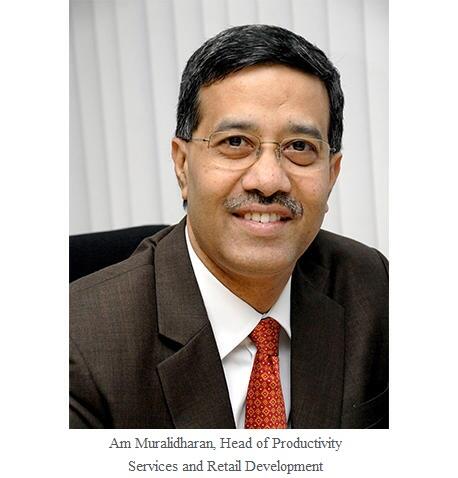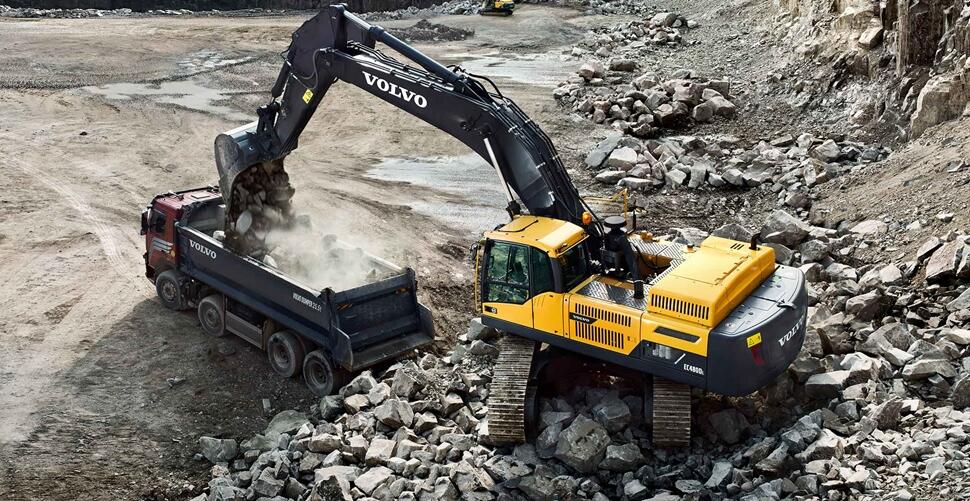Equipment as a service: a new construction business model

If you pay for your cell phone with a regular fixed monthly cost, you may have noticed your phone usage levels are often below what you’ve been charged for. Begging the obvious question: why am I paying for so much data when I’m not using it? The alternative to this, of course, is a Pay As You Go setup, which can provide better value as expenditure is linked to use.
The cost-effective use, financial freedom, and flexibility that are the hallmarks of Pay As You Go pricing models for cell phones are also some of the defining features of an Equipment as a Service (EaaS) arrangement that Volvo Construction Equipment (Volvo CE) believes could bring huge benefits to machinery users in the construction industry.

In the uncertain world we live in, the EaaS solution would offer customers a degree of certainty in their operational costs. It is difficult to account for all costs before the start of a job, so this service would secure the customer against the uncertainties.
While EaaS may sound like a modern concept, it was actually pioneered by Rolls-Royce 60 years ago, charging users of its aircraft turbines for ‘power by the hour,’ instead of the traditional upfront lump sum.
Other manufacturers have occasionally attempted to imitate this business model, with varying levels of success – but now, with the abundance of data-rich IIoT (Industrial Internet of Things) solutions, the technology exists to make it a success across many sectors.
And with Volvo CE already leading the industry in connectivity and sustainability, a new way of thinking about equipment ownership is a natural next step.
What’s it all about?
With many customers now looking to expand their operations and avoid the risks related to asset ownership, Volvo CE’s EaaS offering would be an enabler for the customer in better achieving their business objectives.
With EaaS, ownership of the equipment would remain with Volvo CE, simplifying the whole fleet acquisition and management process. EaaS treated as an operating expenditure (OpEx) is one of the most obvious immediate benefits of EaaS. They will also enjoy Volvo CE assuming all responsibility for maintenance and availability of the equipment, via its extensive customer support operation. This allows customers to focus on their core business and leave other activities to the experts.
It's important also not to confuse EaaS with an ordinary rental or leasing contract. Equipment purchased through an operating or finance lease still sits on a company’s balance sheet and requires more often than not fixed monthly payments.
And whereas a typical rental agreement could be for a small number of machines over a few days, weeks, or months, with EaaS an entire fleet can be provided for several years. Even better is the potential to link invoicing with usage, rather than regular, fixed monthly or hourly charges.
Because of this, the capital saved can be used to expand operations and invest in human resources elsewhere as the fleet management is taken care of by Volvo.
Tell me why
Further details on when and how Volvo CE will roll out its EaaS offering will be revealed down the line: but the ‘why’ is clear. By transferring full responsibility for equipment to Volvo CE, the increased peace of mind will allow customers to concentrate fully on their core business, without having to worry about the equipment that supports it. There are no concerns about parts becoming obsolete or difficult to source; no headaches from equipment disposal; and easier access to new technology when it’s available.

Volvo EC480D crawler excavator.
While EaaS would be applicable across different segments, we expect the quarrying and aggregates sectors to be an early adopter as fleet equipment is largely deployed in a limited geographical location. Value-added services can be a further top-up on EaaS that will enable the customer to better measure, manage, and execute their operations.
Payments largely linked to the usage would help the customer’s cash flow through the business cycles. Moving more in peak season, and less in the off-season. So payments become seasonal and cyclical to align with the customer’s business.
When work takes off, payments are higher, but that’s OK because business is better. When times are slower payments ease off too, helping cash flow. And when customers require additional capacity, with EaaS, it would be easier to augment the existing capacity.
As the solution is based on machine usage, it ensures that the customer’s expenditure is proportional to the revenue and a healthier balance sheet is the icing on the cake.
EaaS as a business model is fast being adopted by many customers in Europe and North America and we see great opportunities for this service in Asia, given the value it has delivered to customers already using it. We will make further announcements on the launch of EaaS in Asia later this year – watch this space!
